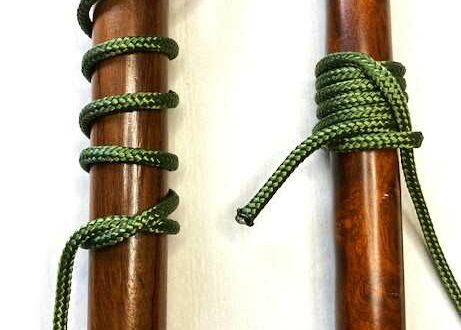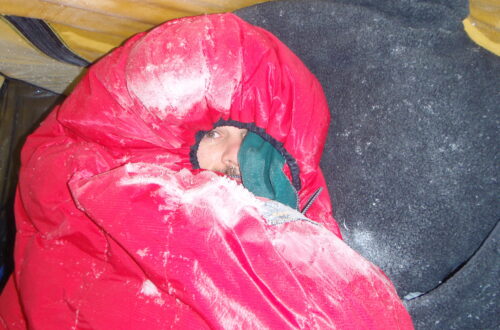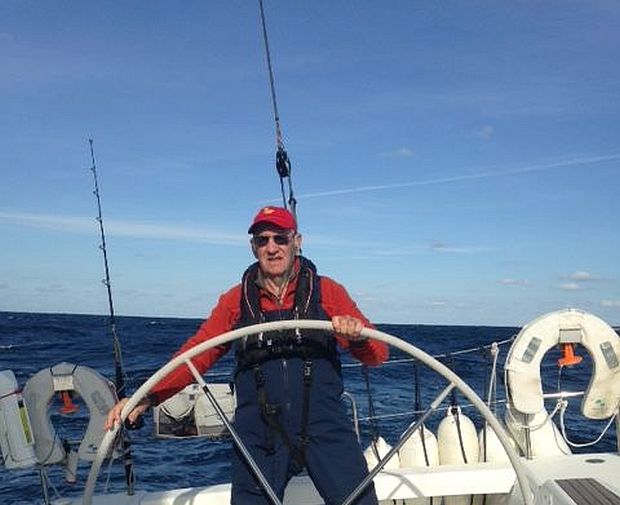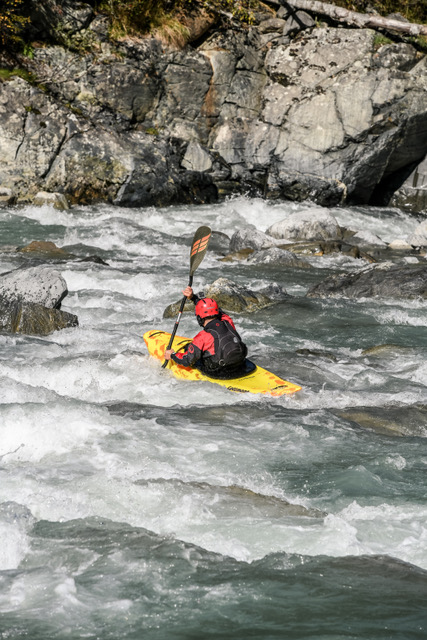
How to Choose Best Gear for Water Activities and Conditions
Wetsuits are specialized garments designed for various water-related activities, such as surfing, diving, snorkeling, and triathlons.
They offer several benefits to individuals participating in these activities, primarily by providing thermal insulation and protection. Here are some of the key benefits of wearing a wetsuit:
- Thermal Insulation: Wetsuits are made from neoprene, a synthetic rubber material with excellent insulating properties. When you wear a wetsuit, a thin layer of water enters between the suit and your skin. Your body then heats this layer of water, creating a warm and comfortable environment even in cold water. This insulation helps regulate your body temperature and prevents hypothermia.
- Buoyancy: Wetsuits provide a degree of buoyancy, which can help you stay afloat more easily. This buoyancy can be particularly beneficial for swimmers and divers who want to conserve energy and maintain a proper body position in the water.
- UV Protection: Wetsuits offer protection from harmful UV (ultraviolet) radiation from the sun. This can be important when spending extended periods of time in the water, as UV exposure can lead to sunburn and skin damage.
- Abrasion Resistance: Neoprene is a durable material that can withstand the rigors of water sports and protect against minor scrapes and cuts. This is especially valuable in activities like surfing where you may encounter rough surfaces or reef.
- Increased Buoyancy for Surfing: In addition to thermal protection, surf-specific wetsuits are designed with features like reinforced knees, chest pads, and specialized seam construction to provide extra buoyancy and comfort while riding waves.
- Reduced Drag: Wetsuits are typically designed to fit snugly, which can reduce hydrodynamic drag when swimming or diving. This streamlined fit helps you move through the water more efficiently.
- Comfort and Flexibility: Modern wetsuits are constructed with flexible neoprene that allows for a wide range of motion, ensuring that you can move freely while engaging in your chosen water activity.
- Safety: Wetsuits can enhance safety by providing additional flotation and visibility, making it easier for others to spot you in the water.
- Extended Water Time: With the thermal insulation provided by wetsuits, you can spend more time in cold water without feeling uncomfortable or risking health issues associated with cold exposure.
- Protection from Marine Life: Wetsuits can act as a barrier to protect your skin from stinging marine creatures like jellyfish and certain types of sea anemones.
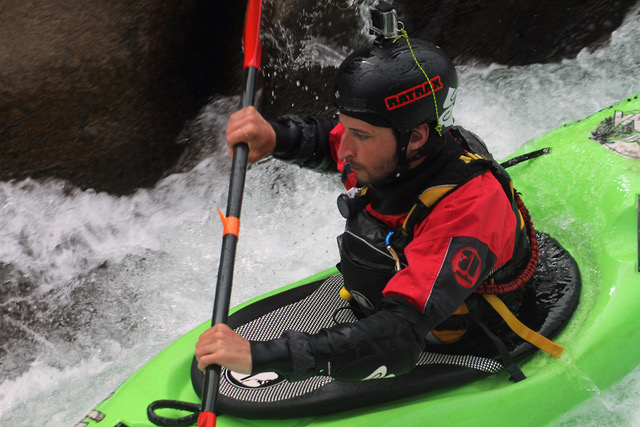
It’s important to choose the right wetsuit for your specific activity and water conditions to maximize these benefits. The fit and thickness of the wetsuit should be selected based on the water temperature, the duration of your activity, and your personal comfort preferences. Picture shows a full latex Turbo Cag / Jacket, my preference.
Rash Vest
The Rash Vest is a type of clothing that can protect your skin from sunburn, chafing, and abrasions. They are usually made of stretchy and quick-drying materials. They can be worn under a Wetsuit or as a standalone garment. Rash vests are popular among surfers, swimmers, divers, kayakers, paddleboarders (SUP), and with other water sports enthusiasts.
Some factors to consider when choosing a rash vest are:
Size and fit: A rash vest should fit snugly but not too tightly. It should allow you to move freely and comfortably in the water. A rash vest that is too loose can cause drag and irritation, while a rash vest that is too tight can restrict your breathing and circulation.
UV protection: A rash vest can block some of the harmful UV rays from the sun, but not all of them. You should always apply sunscreen to any exposed skin areas when wearing a rash vest.
Design and features: A rash vest can have different designs and features to suit your preferences and needs. Some common features are:
Neckline: A rash vest can have a high, low, or medium neckline. A high neckline can offer more coverage and protection for your neck, but it can also feel more restrictive and hot. A low neckline can offer more breathability and comfort, but it can also expose more skin to the sun and water. A medium neckline can offer a balance between the two.
Sleeves: A rash vest can have long, short, or no sleeves. Long sleeves can offer more protection for your arms, but they can also make you feel warmer and reduce your range of motion. Short sleeves can offer more freedom and coolness, but they can also leave more skin exposed to the sun and water. No sleeves can offer the most flexibility and ventilation, but they can also offer the least protection.
Warmth: a Rash Vest that features a fleece-lined thermal layer, as well as being comfy and flexible, they’ll ensure that you are kept warm when you are in and out of the water for longer periods of time.
Leggings
The Rash Vest when worn with a pair of suitable leg-wear, ie. trousers / shorts – as an ideal alternative to a Wetsuit.
Swimming trunks with elasticated waist band and elasticated hemmed legs that stop just above the knee mean these form-fitting shorts provide the ultimate security for watersports enthusiasts no matter the activity.
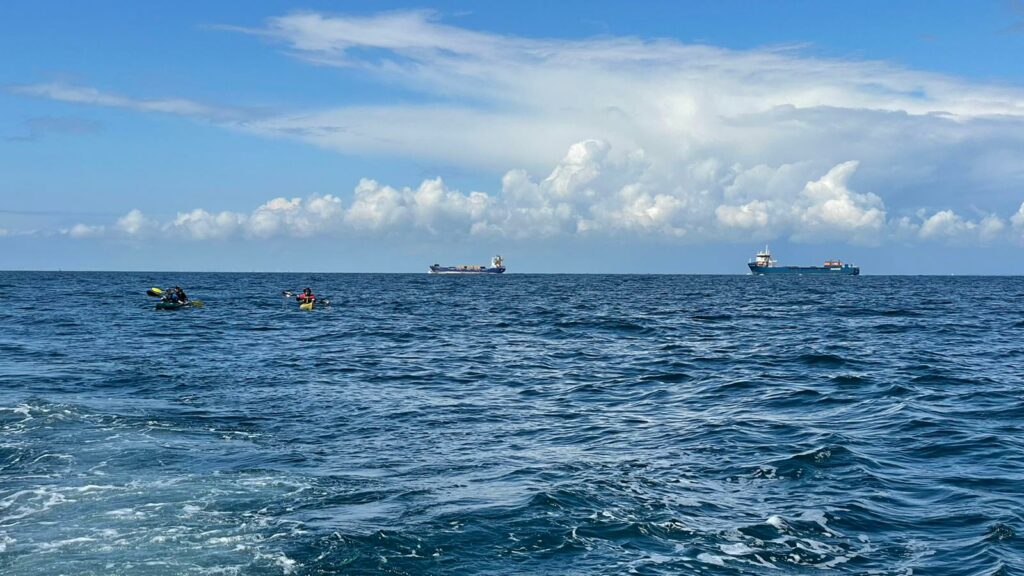
I can confirm, based on my experiences kayaking across the English Channel 2021 and The Great Glen Canoe trail 2023: on longer journeys its more practical for ‘this‘ old Man to wear Rash Vest & Leggings!
My not so secret tips for rash prevention in a Wet Suit or similar
- Check your wetsuit is clean- turn inside out and wash with anti-bacterial shampoo or NRS wetsuit soap, make sure you rinsed off all the soap.
- Squeeze out water never wring and air dry – in the sun if it’s available
- Skin protectant/lubricant like Neutrogena or Vaseline skin lotion; try prepping for a day or two before your paddle.
- Lanacane, Anti-Chaffing Gel, Bodyglide anti-chafe balm – anti friction
- Talcum powder in the affected areas – anti sweat
- Wear a lycra baselayer or rashguard underneath your wetsuit
- If you are hot in wetsuit – dunk, get ‘wet’ and cool down
***Is it “nappy rash ?
Be honest; have you been ‘peeing‘ in your Wetsuit?
**I want to tell you more about my extraordinary journey.


